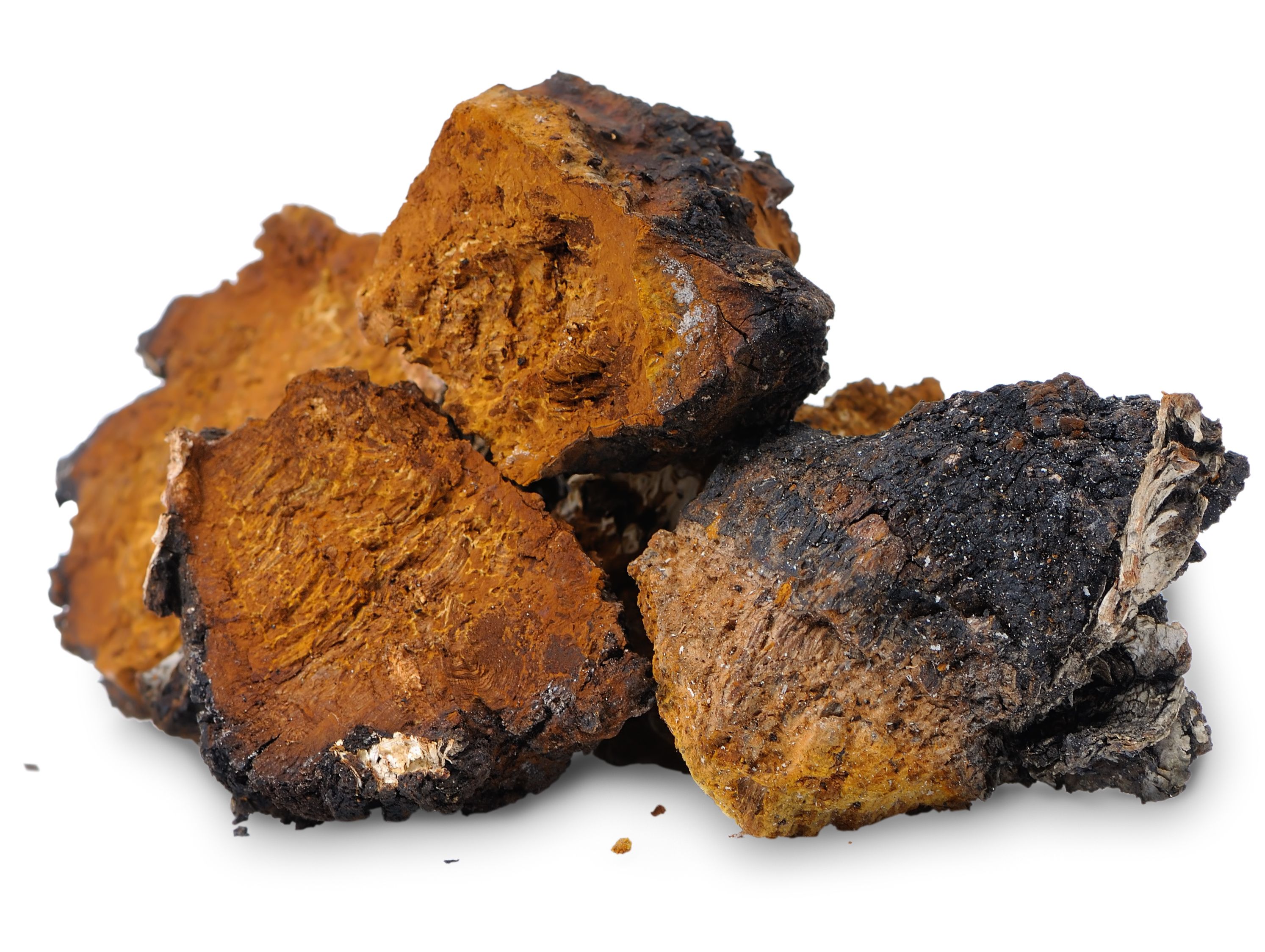Inonotus obliquus Compound Osmundacetone Emerges as a Potent Xanthine Oxidase Inhibitor
Researchers identify osmundacetone as a strong inhibitor of xanthine oxidase, revealing its interaction mechanism and paving the way for the development of novel uric acid-related disorder treatments.
A recent study published in Spectrochimica Acta Part A: Molecular and Biomolecular Spectroscopy explored the inhibitory effects of osmundacetone on xanthine oxidase (XO) (1). The results revealed some valuable insights into its interaction with the enzyme.
Chaga (Inonotus obliquus) - medicinal birch fungus | Image Credit: © zhaubasar - stock.adobe.com

Inonotus obliquus is a medicinal mushroom commonly known as chaga (1). It is a parasitic fungus that grows on birch trees in cold regions, particularly in Siberia, Russia, and parts of North America (1). Inonotus obliquus is popular because of its alleged health benefits, which include reducing inflammation and combating oxidative stress (1). Although primarily used in traditional medicine, it also has become an item of interest in drug discovery applications. Apart from its health benefits, Inonotus obliquus contains bioactive compounds, some of which have antioxidant, anti-inflammatory, and anti-cancer properties (1).
The production of uric acid is not possible without XO. In particular, its molybdopterin (Mo-Pt) domain acts as a pivotal catalytic center during the oxidation of xanthine and hypoxanthine (1). Scientists have long been interested in identifying XO inhibitors because of their potential therapeutic applications. In this study, liquid chromatography–mass spectrometry (LC–MS) was employed to identify five key chemical compounds present in Inonotus obliquus extract.
Further investigations using ultrafiltration technology revealed that osmundacetone and protocatechuic aldehyde were the most promising XO inhibitors among the identified compounds (1). Osmundacetone exhibited strong binding affinity to XO and competitively inhibited its activity, with a half-maximal inhibitory concentration of 129.08 ± 1.71 μM (1). This finding shows that osmundacetone could be a XO inhibitor.
The study also explored the interaction mechanism between XO and osmundacetone. Here, multi-spectroscopy, molecular docking, and dynamic simulation techniques were employed (1).
The results indicated that osmundacetone binds to XO through static quenching and forms stable complexes through hydrophobic interactions and hydrogen bonds (1). Molecular docking studies further revealed that osmundacetone inserts into the Mo-Pt center of XO and interacts with specific hydrophobic residues (1).
These findings provide valuable insights into the inhibitory effects of osmundacetone on XO and its binding mechanism. By understanding the interaction between osmundacetone and XO at the molecular level, researchers can pave the way for the development of new XO inhibitors derived from Inonotus obliquus (1).
Because osmundacetone can serve as a potent XO inhibitor, it provides a theoretical foundation for developing more XO inhibitors from natural sources. This study contributes to the growing knowledge of uric acid metabolism and the enzymatic processes involved in it. However, further exploration is needed; in particular, the therapeutic applications of osmundacetone should be investigated to evaluate its effectiveness in clinical and preclinical trials (1).
Reference
(1) Song, J.; Chen, M.; Meng, F.; Chen, J.; Wang, Z.; Zhang, Y.; Cui, J.; Wang, J.; Shi, D. Studies on the interaction mechanism between xanthine oxidase and osmundacetone: Molecular docking, multi-spectroscopy and dynamical simulation. Spectrochimica Acta Part A: Mol. Biomol. Spectrosc. 2023, 299, 122861. DOI: 10.1016/j.saa.2023.122861
New Study Reveals Insights into Phenol’s Behavior in Ice
April 16th 2025A new study published in Spectrochimica Acta Part A by Dominik Heger and colleagues at Masaryk University reveals that phenol's photophysical properties change significantly when frozen, potentially enabling its breakdown by sunlight in icy environments.
Advanced Raman Spectroscopy Method Boosts Precision in Drug Component Detection
April 7th 2025Researchers in China have developed a rapid, non-destructive Raman spectroscopy method that accurately detects active components in complex drug formulations by combining advanced algorithms to eliminate noise and fluorescence interference.